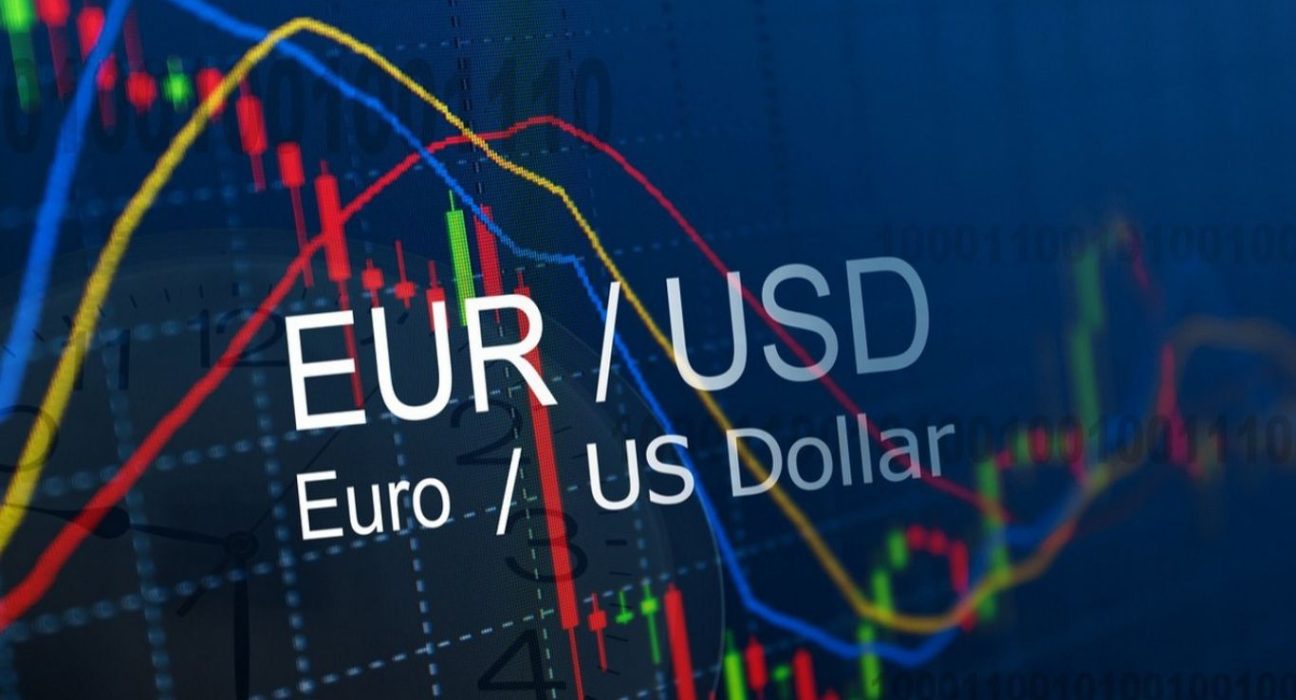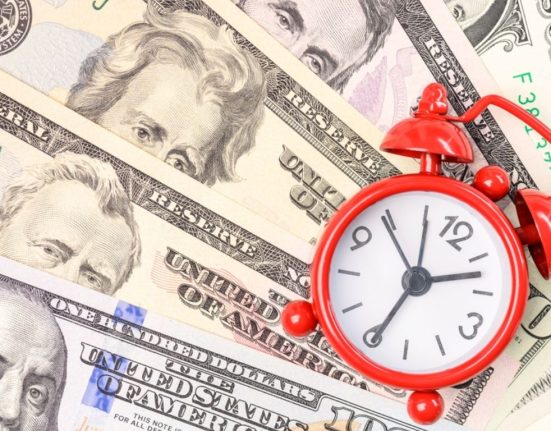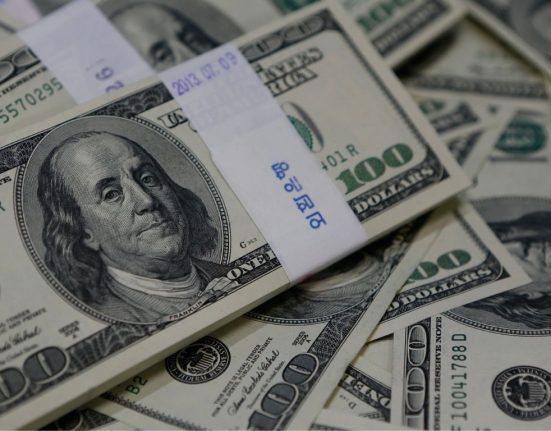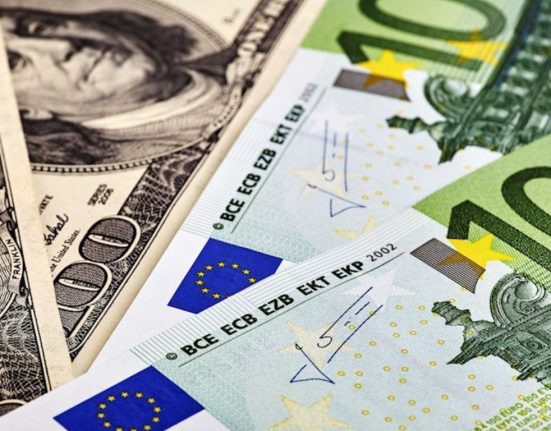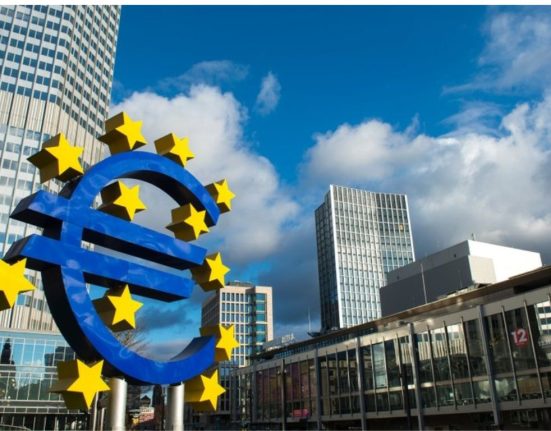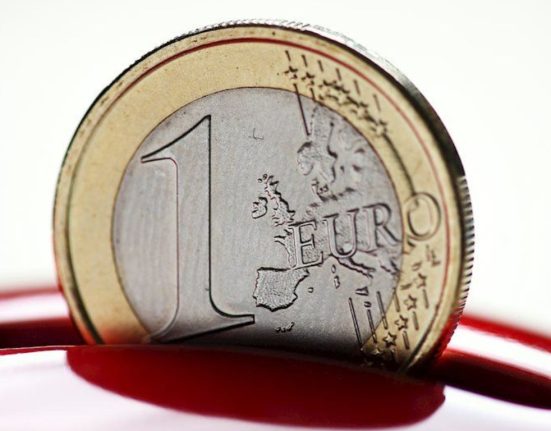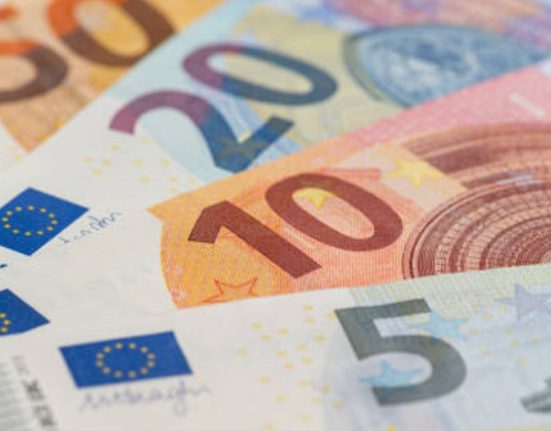The EUR/USD currency pair, a widely traded forex instrument, has attracted significant attention from traders and analysts alike. Commerzbank, a leading financial institution, has recently conducted an in-depth analysis of this pair, shedding light on their forecast and potential future movement. According to their analysis, a transition from recovery to sustainably lower levels in the EUR/USD exchange rate could occur around the turn of the year.
Commerzbank’s analysis is rooted in the examination of various technical and fundamental factors influencing the EUR/USD pair. Their findings suggest that the currency pair may face headwinds and experience a downward shift in the exchange rate in the coming months. Traders and investors closely monitor such projections as they seek opportunities to make informed trading decisions.
Factors contributing to Commerzbank’s projection include the disparity in monetary policy between the European Central Bank (ECB) and the U.S. Federal Reserve (Fed). The ECB has maintained a dovish stance, with accommodative policies aimed at supporting the Eurozone’s economic recovery. In contrast, the Fed has indicated a more hawkish approach, hinting at potential interest rate hikes to combat inflationary pressures in the United States.
The divergence in monetary policy between these two major central banks can influence the relative strength of their respective currencies. As the Fed tightens its monetary policy, it could potentially strengthen the U.S. dollar, while the ECB’s dovish stance might exert downward pressure on the euro. These dynamics contribute to the projected shift in the EUR/USD pair toward sustainably lower levels.
It is important to note that projections and forecasts are subject to various uncertainties and can be influenced by unforeseen events or policy changes. Traders should exercise caution and conduct their own research or seek professional advice before making any trading decisions based on these projections.
Market Sentiment and Economic Indicators
Apart from monetary policy differentials, market sentiment and economic indicators play a crucial role in shaping the EUR/USD exchange rate. Changes in economic indicators such as GDP growth, inflation rates, employment data, and trade balances can impact the sentiment toward a particular currency.
Currently, the Eurozone is navigating its recovery from the economic downturn caused by the COVID-19 pandemic. Positive economic indicators, such as improving GDP growth and declining unemployment rates, may support the euro and potentially mitigate the downside pressure on the EUR/USD pair.
On the other hand, the United States is experiencing a robust economic recovery, fueled by fiscal stimulus measures and increasing vaccination rates. Strong economic indicators in the U.S., combined with potential interest rate hikes by the Fed, could bolster the U.S. dollar and contribute to the downward pressure on the EUR/USD exchange rate.
Implications for Forex Traders
Commerzbank’s projection of a potential transition to sustainably lower levels in the EUR/USD exchange rate around the turn of the year has significant implications for forex traders. It highlights the importance of monitoring economic indicators, central bank policies, and market sentiment to identify potential trading opportunities and manage risk effectively.
Traders who anticipate a downward shift in the EUR/USD pair may explore short-selling strategies or positions that benefit from a stronger U.S. dollar. Risk management strategies, such as setting stop-loss orders and proper position sizing, are crucial to protect against adverse market movements and minimize potential losses.
It is worth noting that the forex market is highly dynamic and subject to various influences, including geopolitical events and unexpected economic developments. Traders should remain vigilant, stay informed about market trends, and adapt their strategies accordingly.
In conclusion, Commerzbank’s analysis suggests a possible transition to sustainably lower levels in the EUR/USD exchange rate around the turn of the year. The projection is based on factors such as monetary policy differentials, market sentiment, and economic indicators. Forex traders should carefully consider these factors and exercise caution when making trading decisions. The dynamic nature of the forex market underscores the need for continuous analysis, risk management, and adaptation to changing market conditions.
